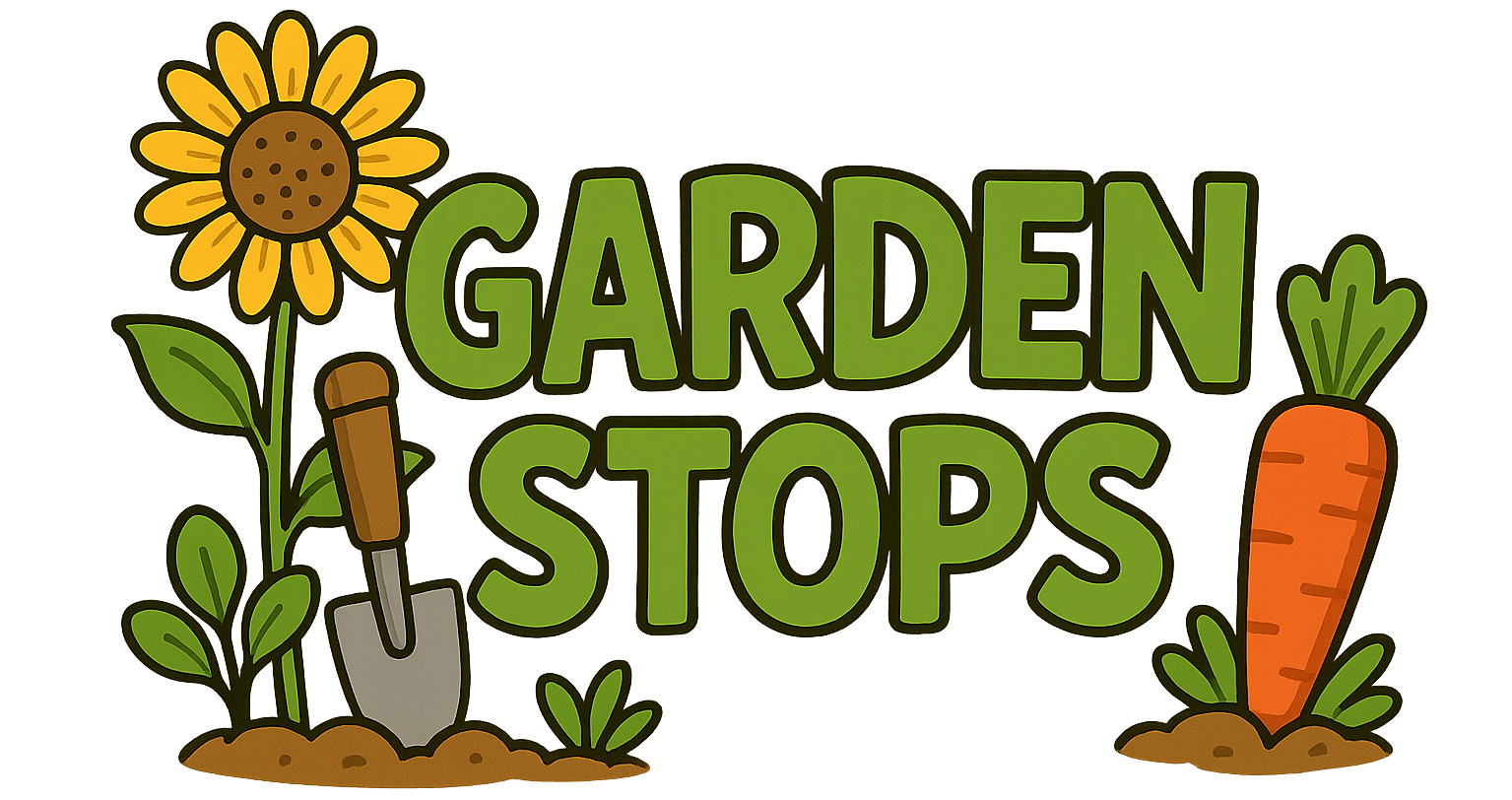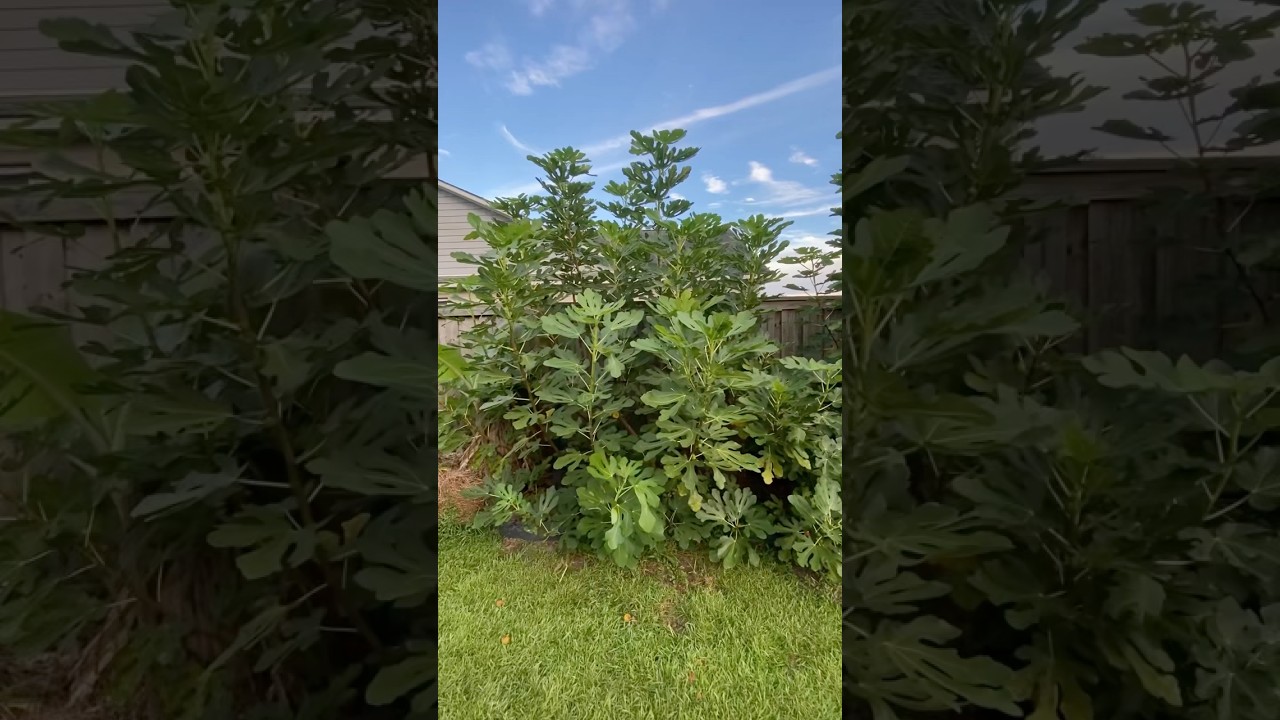Have you ever wondered what it feels like to discover the greatest fig in your own garden? Join me as I share my journey of uncovering the most delicious, vibrant, and impressive fig tree right in my backyard. Prepare to be inspired to nurture your own garden treasures and experience the thrill of discovering nature’s hidden gems.
Introduction
There’s something about discovering a ‘greatest’—a pinnacle, a crown jewel—whether it’s a mountain summit or a hidden gem of a restaurant. In my garden, that sense of discovery always comes with a fair share of humor and humility, especially when I stumble across a fruit so unexpectedly divine that it rewires your taste buds and rewrites your gardening ambitions. Last summer, amidst the chaos of weeds and the occasional squirrel conundrum, I encountered a fig tree that didn’t just produce fruit; it produced an epiphany. It was the great fig of my garden, the kind of discovery that makes you want to write poetry—or at least Instagram about it with poetic captions.
I had, quite unintentionally, become a horticultural adventurer on a quest to turn my yard into something more than a patch of grass and a few sad petunias. But the universe, in its usual mischievous way, handed me something far better than I expected—a fig so luscious, so bursting with sweetness, it practically whispered, “You might just be onto something.” This was no ordinary fig; it was a reminder that sometimes, the greatest treasures are hiding in plain sight, just waiting for the right moment, a little patience, and a lot of curiosity.
So, there I was, standing beneath a leafy canopy, contemplating how my seemingly insignificant garden had become a sanctuary of surprises. As I reached out and plucked that first ripe fig, I knew I wasn’t just about to enjoy a fruit—I was about to reveal one of life’s simple joys: the thrill of discovery, the beauty of persistence, and the intoxicating power of a truly great fig. Who knew that such a tiny, unassuming fruit could turn a dull Sunday into a moment of revelation?
Finding the Fruit of the Gods: The Quest Begins
Every gardener knows the feeling: you plant with dreams of lush blooms, fragrant herbs, or maybe a vegetable or two, but hidden among these ambitions is a quiet hope for that one special fruit—something extraordinary that justifies all the dirt under your nails. For me, that hope was crowned by the mysterious promise of a fig. I’d read tales where the fig is the fruit of patience, of waiting months for its sweet reward, and I was ready to indulge that need for anticipation. Still, I thought, it’s just a fig—how special can it really be?
What I failed to realize was how a few tiny green buds could hold so much promise. Every spring, the branches bled delicate new shoots, and I watched with a mix of skepticism and stubborn hope. Was this just another shrub trying to fool me into believing it was something grand? Or was I about to stumble upon the garden’s best-kept secret? The days lengthened, the sun shone with a verve I had long taken for granted, and slowly, the tree’s humble beginnings transformed into a lush tapestry of leaves—a green promise hanging heavy in the air. When the first fig finally appeared, I nearly missed it, like an uninvited guest undetected until it sat, plump and perfect, taunting me with its subtle, secretive beauty.
I became ever more curious—what was it about this fig that drew me in so fiercely? Perhaps it was the way it seemed to defy my laundry list of gardening failures, or maybe it was the sheer audacity of a fruit so beautiful that it seemed stolen from a fairy-tale orchard. Each day, I visited my tree like a proud parent, eager for that first blush of ripening, my patience tested by the slow, almost cavalier way the fruit matured. When it finally arrived, it was as if the universe had handed me a golden ticket, disguised as a tiny, unassuming fig. And as I bit into it, I understood: this was no ordinary fruit. It was a testament that, sometimes, the greatest satisfaction comes not from grand gestures but from humble, hidden treasures—like discovering your own maiden voyage into the realm of spectacular fruit.
The Art of Birdwatching and Other Garden Mysteries
Gardening has always been a kind of living Rorschach test—your patience, your skills, your ability to thwart pests—are all put to the test. But also, it’s a game of observation. Did you know that your garden quietly churns with a secret society of tiny, winged spies? My fig tree, in particular, became a stage for a covert operation involving birds, bugs, and the occasional garden thief. Every morning, I’d find feathers drifting like confetti, the aftermath of avian curiosity piqued by that sweet, tempting fig.
Birdwatching in my garden turned out to be an exercise in humility. Tiny finches and wary sparrows seemed to gather around the tree, eyeing the ripening fruit with the kind of determination I’d only seen in bargain hunters on Black Friday. Meanwhile, mischievous squirrels, those furry acrobats, performed daring feats that would make Cirque du Soleil envious, all in their relentless pursuit of my precious fig. As I secretly rooted for the underdog—the fig—I learned that a good gardener needs a keen eye, a timeline of patience, and, perhaps, a bit of humor for when the neighborhood raccoon makes a surprise appearance.
The mystery of who truly claimed the fig became a daily intrigue. Was it the birds, whose vigilant pecking habits kept me on my toes? Or the squirrels, who seemed to operate with the grace of tiny thieves expertly trained in the art of distraction? It was a lesson in natural diplomacy—learning to coexist with garden trespassers while maintaining your sanity. In the end, I started to see it less as a battle and more as a dance—an elaborate choreography of patience, observation, and agility that made every visit to the garden a mini soap opera. And through it all, I realized that sometimes, the journey to the greatest fig is as deliciously messy as the fruit itself.
Cultivating the Perfect Conditions for Your Greatest Fig
They say you should make your garden work for you, but I’d argue that your garden also teaches patience and resilience in return. The story of my great fig wasn’t just about the fruit but about understanding the delicate dance of environment and instinct. I learned quickly that figs, much like life, thrive when you pay close attention to their needs: a sunny spot, well-draining soil, and an occasional pep talk from yours truly. Gardening isn’t just about planting seeds; it’s about fostering a relationship, a quiet conversation with the earth itself.
To coax out that glorious, mouthwatering fig, I had to become something of an earth whisperer. I started adding organic compost, speaking softly to my tree during watering, and resisting the urge to overthink its needs. It was surprising how much my attitude affected the plant’s demeanor—if I remained patient and nonchalant, the fig responded in kind with a burst of ripeness that seemed almost spiritual. This process, slow but sure, made me realize that cultivating greatness—whether in a fruit or in life—requires a gentle touch, a generous dose of optimism, and, occasionally, just a little bit of luck.
And as the weeks rolled by, the development of my fig became a daily ritual—one part prayer, one part science experiment. Watching it grow from a tiny fold of green to a plump, inviting purple was an exercise in faith I had long since given up in other areas of life. The true secret was consistency and trust—the kind of trust that your garden will surprise you when you least expect it. In nurturing my fig, I found a simple but profound truth: greatness doesn’t happen overnight, but with a little patience and the right conditions, even the smallest seed can produce something world-changing, or at least, garden-winning.
Frequently Asked Questions
What makes a fig the greatest in a garden setting?
A great fig isn’t just about size or sweetness—it’s about the harmonious balance of flavor, texture, and rarity. The greatest figs are those that surprise you with their depth of sweetness, their ability to ripen perfectly in your specific climate, and the joy they bring in the form of a shared moment or a personal treat. Their true greatness lies in their rarity and the effort you put into nurturing them, transforming a simple fruit into a personal triumph.
How can I encourage my fig tree to produce more fruit?
Patience is key, but a few attention-to-detail tips can accelerate your fruit’s productivity. Ensure your tree enjoys ample sunlight, roughly six hours a day, and provide well-draining soil rich in organic matter. Regular pruning enhances airflow and encourages new growth, which in turn spurs fruiting. Don’t forget to water deeply but infrequently—think of it as a deep, soothing drink for your verdant companion—and consider applying a natural fertilizer during the growing season for an extra boost.
What are common mistakes that ruin a fig’s ripening process?
Overwatering, neglecting pruning, and not providing enough direct sunlight are common villains in the saga of a failed fig crop. Overwatering can lead to rot, while inadequate light stunts fruit development. Additionally, waiting too long to harvest can lead to overripeness and spoilage. Pay attention to your tree’s cues: a soft, yielding fig that’s slightly dulled or deepens in color is often ready to pick, and acting promptly will reward you with that perfect, honeyed bite.
Can I grow a fig tree indoors or in an apartment?
Absolutely, with some caveats. Dwarf or potted fig trees can thrive indoors if they receive enough light—south-facing windows work wonders. Keep in mind that figs prefer a warm, sunny environment and consistent moisture. While you might not get the same grand harvest as outdoors, a well-cared-for indoor fig can still produce tasty, charming little fruits, making it an evergreen conversation starter on your windowsill.
What should I do if pests or birds threaten my fig crop?
Protection is often a matter of clever deterrents and gentle refinement. Netting can foil the persistent birds and squirrels, who seem to have a magnetic attraction to ripe figs. For pests, natural remedies like neem oil or introducing beneficial insects can keep infestations at bay without harmful chemicals. The goal is a respectful coexistence—letting nature do its thing while gently protecting your burgeoning crop, making every bite all the more satisfying.
Final Thoughts
Discovering the greatest fig in my garden was a small revelation wrapped in green leaves and sweet promise. It reminded me that sometimes, life’s best surprises are nestled quietly in the simplest places, waiting patiently for a curious eye and a kind hand. That fig, unassuming at first glance, became a symbol of perseverance, curiosity, and the unending joy of discovery. What started as a tentative plant in the far corner of my yard turned into a flourishing emblem of what’s possible with a little love, attention, and a dash of stubborn optimism.
Gardening, much like communicating effectively or enriching our relationships, is an ongoing dance—an art of listening to nature’s cues, understanding her moods, and responding with empathy and confidence. Whether nurturing a humble fig or nurturing connections, the secret lies in patience, authenticity, and the willingness to see beauty in the tiniest of details. So, the next time you find yourself under a leafy canopy, take a moment—you never know what kind of greatness might be waiting just beyond the horizon of your garden bed.

